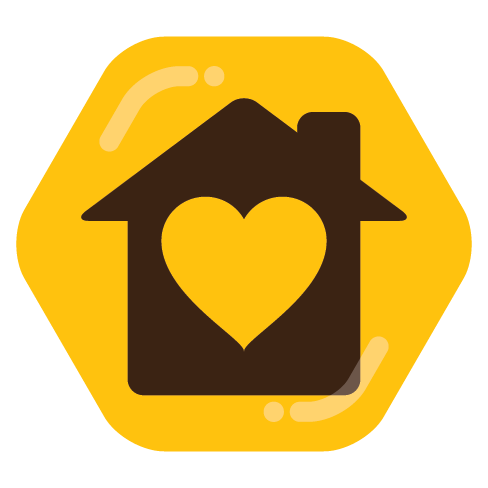Two of my friends wanted to keep bees in an urban environment. After a lot of brainstorming the idea of an educational beehive was born. With the Plexiglas enclosure it is safely possible to come up really close to the hives.
There were many volunteers, and I was part of the 6 core people who built the structure. This was 10 years ago, and I have learned a lot about bees and even given tours to the garden and hives for elementary school groups. We just had the 10th annual bee fest. It is so rewarding to see a project have this kind of longevity and positive impact in the community. I’ve met a lot of people through this effort, some have turned into really good friends.
I’ll stop rambling now, but happy to answer questions below :)


Of course, we explain other pollinators as well (bats! and moths!). We also have a big pollinator garden that supplements the enclosure. Planting local pollinator friendly vegetation without pesticides is likely the most important thing we can do and encourage others to do :) (I have a feeling I’m not telling you anything you don’t know)
Haha I could hear it over and over again and never complain! We have a lot of bird pollinators in my garden so we’ve re forested the sides of our ridge with 12,000 mixed natives from trees to shrubs to nz flax (harakeke). We also get our native solitary bees so i have some hillsides with their holes in the garden that i leave and then they have anywhere they’d like on the ridgesides.
Our fridge is usually filled with mason bee larvae, which have a higher chance of survival, if you put them back out right when the first flowers come out in spring. (I think those are very similar to the solitary bees you described)
We have a few ground dwelling Lasioglossum varieties here 😊 i don’t think we have mason bees but we do have mason wasps